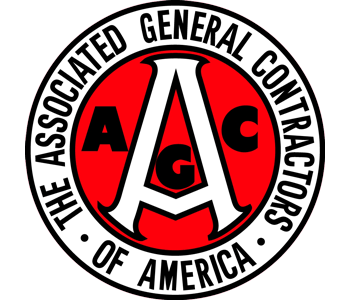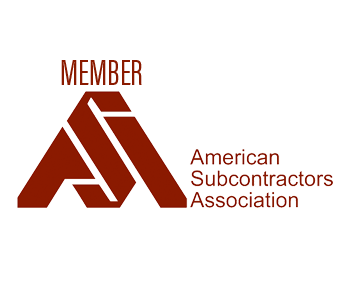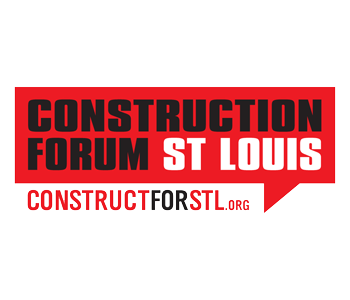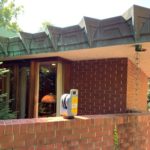 BuildingPoint Mid-America Preserves History with Modern Technology April 1, 2021 - The BPMA Team found new ways that we could use our tools and experience to help document historic and prominent locations. After a couple of months trying to find a way that we could leverage our Trimble tools to help in an ethical or social way, we were approached by the Architecture & Design department of a local St. Louis area university. It started as a simple and benign demonstration of what Trimble scanner is and how it works. Then we explained how to utilize the data and spent some time sharing and coordinating the data. This team of students,… Continue Reading
BuildingPoint Mid-America Preserves History with Modern Technology April 1, 2021 - The BPMA Team found new ways that we could use our tools and experience to help document historic and prominent locations. After a couple of months trying to find a way that we could leverage our Trimble tools to help in an ethical or social way, we were approached by the Architecture & Design department of a local St. Louis area university. It started as a simple and benign demonstration of what Trimble scanner is and how it works. Then we explained how to utilize the data and spent some time sharing and coordinating the data. This team of students,… Continue Reading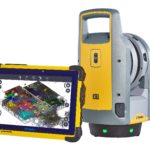 Introducing the Trimble X7 Laser Scanner April 1, 2021 - The Trimble X7 design is unique in both form and function, integrating a survey-grade servo drive with high-speed scanning, automatic self-leveling and an integrated camera system to deliver exceptional reliability and productivity in the field. Trimble X7 Laser Scanner Features The Trimble X7 is a high-speed 3D laser scanning system with new innovations to simplify adoption, increase efficiency and provide confidence in the field. Features and benefits include: In-field registration Image capture Full auto-calibration of range and angular systems with no necessary user interaction 2 Year standard warranty No Annual calibration required (integrated into the workflow of the hardware) Automatic… Continue Reading
Introducing the Trimble X7 Laser Scanner April 1, 2021 - The Trimble X7 design is unique in both form and function, integrating a survey-grade servo drive with high-speed scanning, automatic self-leveling and an integrated camera system to deliver exceptional reliability and productivity in the field. Trimble X7 Laser Scanner Features The Trimble X7 is a high-speed 3D laser scanning system with new innovations to simplify adoption, increase efficiency and provide confidence in the field. Features and benefits include: In-field registration Image capture Full auto-calibration of range and angular systems with no necessary user interaction 2 Year standard warranty No Annual calibration required (integrated into the workflow of the hardware) Automatic… Continue Reading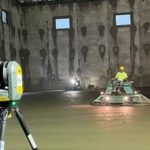 Technology “Flattens” the Concrete Curve March 29, 2021 - Pouring and placing concrete for flatwork or vertical elements of a building has always been one of my favorite construction processes to watch be installed. All the hours spent digging, scraping and proof rolling the ground, then establishing building corners installing below grade utilities, installing reinforcing steel, forming areas to contain the concrete pour. Then pour day happens, these activities most often occur in the wee hours of the morning or sometimes during the midnight shift. All to create optimal mix times, chemistry, and atmospheric conditions. The concrete is poured out from trucks and buggied or pumped into place, then… Continue Reading
Technology “Flattens” the Concrete Curve March 29, 2021 - Pouring and placing concrete for flatwork or vertical elements of a building has always been one of my favorite construction processes to watch be installed. All the hours spent digging, scraping and proof rolling the ground, then establishing building corners installing below grade utilities, installing reinforcing steel, forming areas to contain the concrete pour. Then pour day happens, these activities most often occur in the wee hours of the morning or sometimes during the midnight shift. All to create optimal mix times, chemistry, and atmospheric conditions. The concrete is poured out from trucks and buggied or pumped into place, then… Continue Reading
Blog
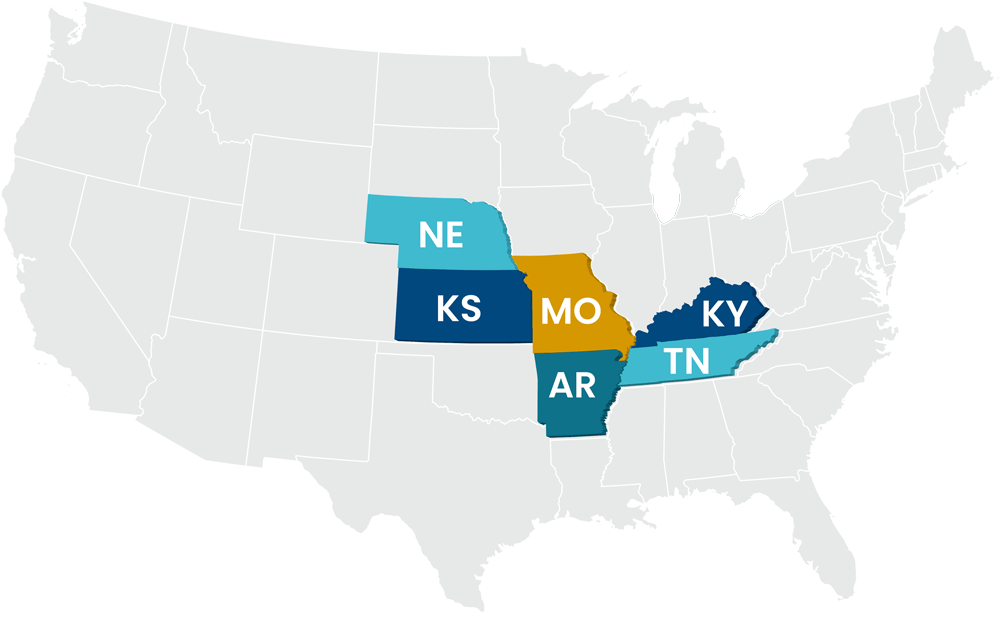
In our sales territory?
Not in our sales territory?
Stay in Touch
©BuildingPoint Mid-America, LLC | All Rights Reserved. | Privacy Policy · Sitemap · Website by KOLBECO
Rent with BuildingPoint Mid-America
Contact BuildingPoint Mid-America


